Exploring the Sake Renaissance: A Journey for Wine Enthusiasts.
Since its start, Dutch Wine Apprentice has been immersed in the world of wine. As part of our favorite topic, we’re expanding our horizons: exploring the realm of Japanese Sake. Surprisingly, the allure of Japanese Sake is on the rise, with sommeliers now incorporating it into wine pairings for Western cuisine. Moreover, high-quality sake is increasingly accessible outside of Japan. It is time for wine enthusiasts to acquaint themselves with its role in the European culinary scene.
In this project, with some articles, we will provide insights into Japanese sake and introductions to several select sakes accompanied by their tasting notes.
This project is a collaboration with Otemba Sake, a well-known Dutch importer specializing in premium sake from small artisan producers.
Sake’s Culinary Harmony: Exploring Rice Fermentation and Versatility
Sake, a fermented beverage like wine, is made from rice. However, unlike wine, the rice used in sake production doesn’t naturally contain water, so water must be added during brewing. Sake typically has a dry or off-dry taste profile, almost always with some residual sugar. Unlike wine, sake has lower acidity, no tannins (due to the rice polishing), and boasts a higher alcohol content ranging from 15% to 17%, although lower-alcohol sakes are increasingly prevalent. What’s truly exciting about sake is its versatility with food. Its delicate and pure aromas and flavors can enhance a wide range of culinary experiences, never overpowering but always adding a unique touch. Interestingly, sake is intentionally crafted with different finish lengths to complement various dishes; for example, sakes with a short, clean finish pair well with oily, rich dishes, refreshing the palate. So, understanding the different styles of sake is crucial to fully appreciating its nuances. Let’s delve into the world of rice at the beginning.

Unveiling the Role of Rice: Pure Elegance or Rich Umami?
Rice grains comprise a starch core surrounded by protein and fat, the outer part contributing to a rich texture and umami flavor. The degree of rice polishing directly impacts the purity of sake’s taste, with more polished rice yielding a purer flavor and finer texture profile. Sake-specific rice varieties developed to get their larger, center-aligned starch grains are ideal for producing the purer, finer style of sake but are costly compared to table rice. Therefore, table rice is also used, especially for richer sake.

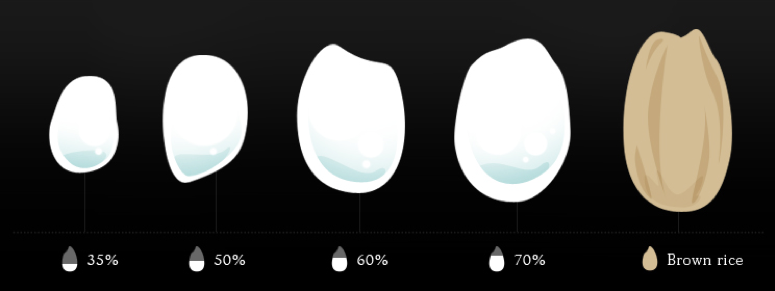
What is the Famous Sake Specific Rice?
Yamada-Nishiki rice is often dubbed the ‘king’ of sake-specific rice varieties. Like Chardonnay in the wine world, it is grown all over Japan and prized for its ability to produce complex flavors. Notably, it is used to craft Ginjo-style sakes, known for their pure, fruity, elegant aromas with finer texture.
Omachi rice, on the other hand, is one of the oldest sake rice varieties. It offers a rich texture, earthy and spicy notes, and higher umami levels. Due to these gastronomically good characteristics, warm Omachi-based sakes are also a delightful treat, earning Omachi a devoted following in Japan known as “OMACHIST!”
It’s worth noting the logistical and systematic aspects of rice production in Japan. Unlike wine production, rice can be transported from farms to breweries over distances. Additionally, rice farming is managed by a national network of local farm cooperatives (JA), with sake breweries traditionally purchasing rice from these cooperatives or farmers. While some brewers have begun growing their own rice for sake production (Domaine in wine), it has yet to be widespread. As of 2021, there were 134 registered sake-specific rice varieties in Japan, with half registered after 2000, indicating a trend towards revitalizing ancient rice varieties or developing new kinds.
Savoring Tradition: Exploring Ryusei Sakes from Fujii Shuzo Brewery
Following introductory remarks, we’re excited to introduce three stunning sakes from Ryusei, each crafted using a distinct type of rice. These sakes come from FUJII SHUZO in Hiroshima prefecture. Hiroshima is celebrated for its smooth and delicate sake, which is attributed to its remarkably low mineral water found in the region. It’s worth noting that the difference in water composition might not be apparent to those outside Japan, as water in Japan typically exhibits lower mineral content compared to Europe. However, this soft water used to be considered to have technical challenges during sake production. It has required brewers in Hiroshima to continuously refine their techniques and explore new methods, such as experimenting with different yeast strains or seeking more optimal production processes, leading to their dedication. So, some of the technical methods were developed in this region, and despite having a medium-sized production volume, breweries in Hiroshima have consistently performed well at the New National Sake Contest since its inception.
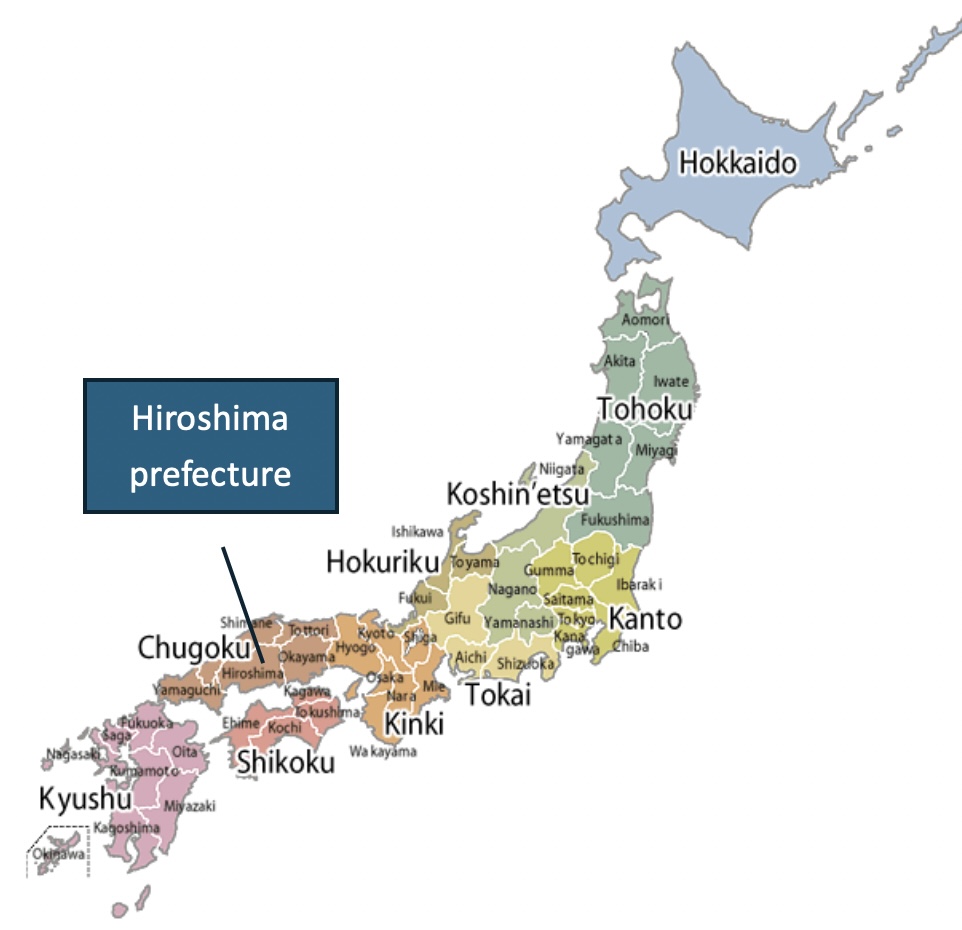
Fujii Shuzo Brewery, a small artisan producer with a heritage spanning over 150 years, is known for its unwavering dedication to crafting pure sake known as ‘Junmaishu.’ This refers to sake made solely with rice, kōji (mold), and water without adding alcohol. Their commitment is remarkable, as evidenced by an episode during World War II when making pure sake was prohibited to prioritize rice for food. The brewery, led by then its third-generation owner, Zensichi, temporarily closed instead of compromising on the government’s decision. Currently, Fujii Shuzo is managed by the 6th generation, Norihiro Fujii, and their flagship’s sake, Ryusei, is the one that represents their dedication to the commitment built upon generations of tradition.
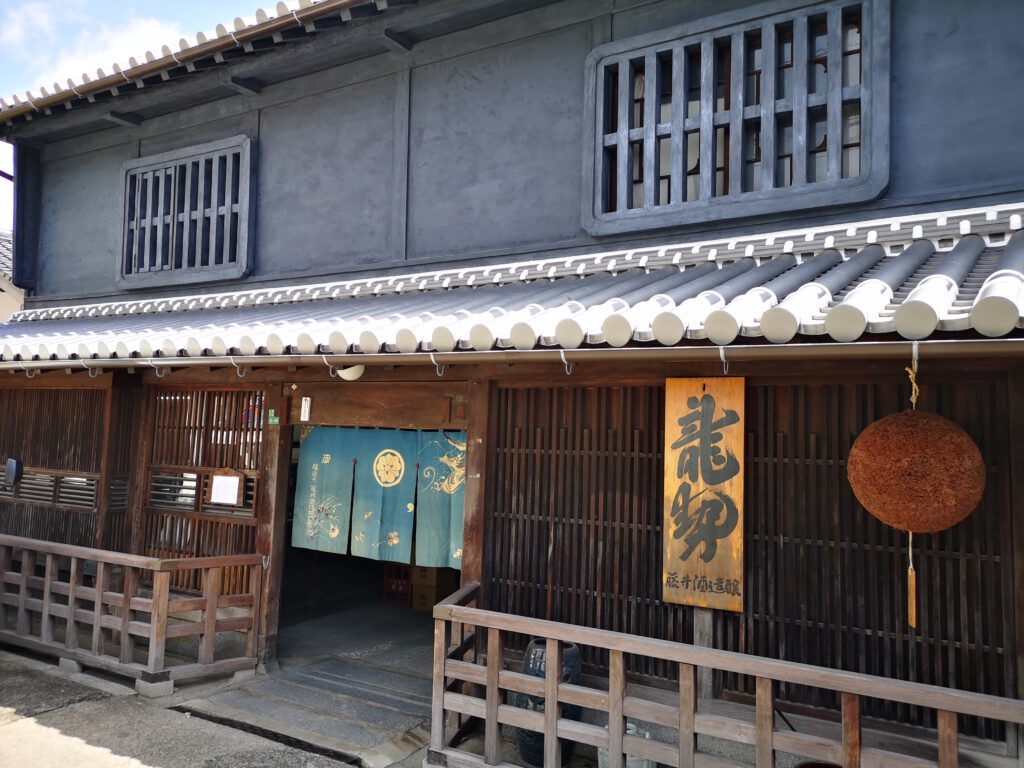
Continuing in the footsteps of their ancestors, Norihiro passionately spearheads research and development efforts at the ‘Ryusai Lab.’ Here, sake artisans devote their time to exploring new avenues of curiosity, stepping outside their comfort zones in pursuit of their ideal sake. Sake production, with its reliance on rice, kōji (mold), and water, still remains a mysterious process that yields unique flavors through the actions of countless microorganisms. Notably, Fujii Shuzo moved entirely to the Kimoto method, a traditional approach known for producing sakes with higher acidity, umami, and depth of flavor. Although this method is more challenging and time-consuming, it reflects their unwavering commitment to their ideal style.
The Ryusei sakes showcased here gastronomic delights meticulously crafted to elevate culinary experiences. Designed to complement both sake and cuisine without overpowering either, they promise a harmonious fusion of flavors. Let’s look deeply at the three sakes.

2021 Ryusei Hibi Kimoto Junmai Ginjo Yamadanishiki
This pure sake has a 16% alcohol content and a 60% polishing ratio. It’s best served at cold temperatures between 5 °C and 20°C. This is made with Yamada-Nishiki sake-specific rice, which is made through the traditional Kimoto method.
This Ryusei Hibiki exudes a transparent color with a subtle lemon-green hue, indicating freshness and healthiness. The aroma is fruity and delicate, with notes of pear, apple, cotton candy, and a hint of rice and lactic products (fresh yogurt). This medium-bodied sake delivers a well-balanced combination of intensity and refreshing acidity on the palate, underscored by a depth of umami and a subtle salinity.

2019 Ryusei Muku Kimoto Junmai Omachi
This pure sake boasts a richer profile, with a 16% alcohol content and a 60% polishing ratio. It’s best served at temperatures between 30°C and 50°C.
The Ryusei Muku exhibits a higher intensity, with a medium lemon hue. Cereal notes such as bran and toasted cereal are more prominent than fruitiness. A subtle hint of lactic notes reminiscent of fresh yogurt can also be discerned. Being two years older in vintage compared to the previous sake, it displays aging characteristics such as molasses, caramel, and earthy hay notes, adding to its complexity. This rustic sake possesses a textured, lifted body on the palate, with heightened umami and a lingering finish.
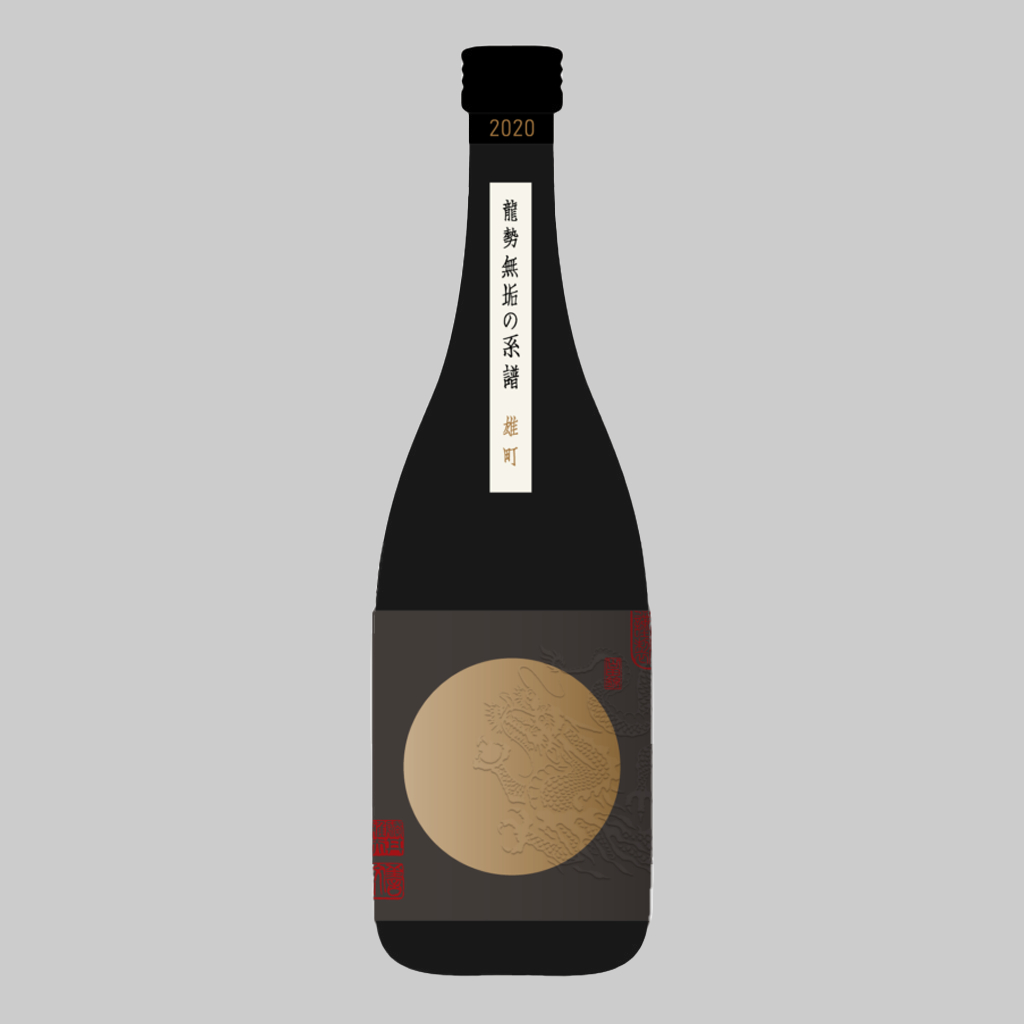
2022 Ryusei Nagomi Kimoto Junmai Hattannishiki
This particular rice variety was developed to thrive in the Hiroshima region back in 1983. With an alcohol content of 16% and a polishing ratio of 60%, the flavor profile falls somewhere between the two aforementioned characteristics. It’s best served at temperatures between 10°C and 50°C.
Ryusei Nagomi boasts a transparent color with a lemon-green hue. Alongside notes of cereal, bran, porridge, cotton candy, and yogurt, there’s a hint of mint or grass, lending to its refreshing impression. On the palate, it offers a high level of umami and a long, satisfying mouthfeel reminiscent of Ryusei Muku (made with Omachi rice), coupled with a higher acidity that provides a drier, refreshing twist to the rounded mouthfeel. Balanced and approachable, it pairs well with a variety of dishes.
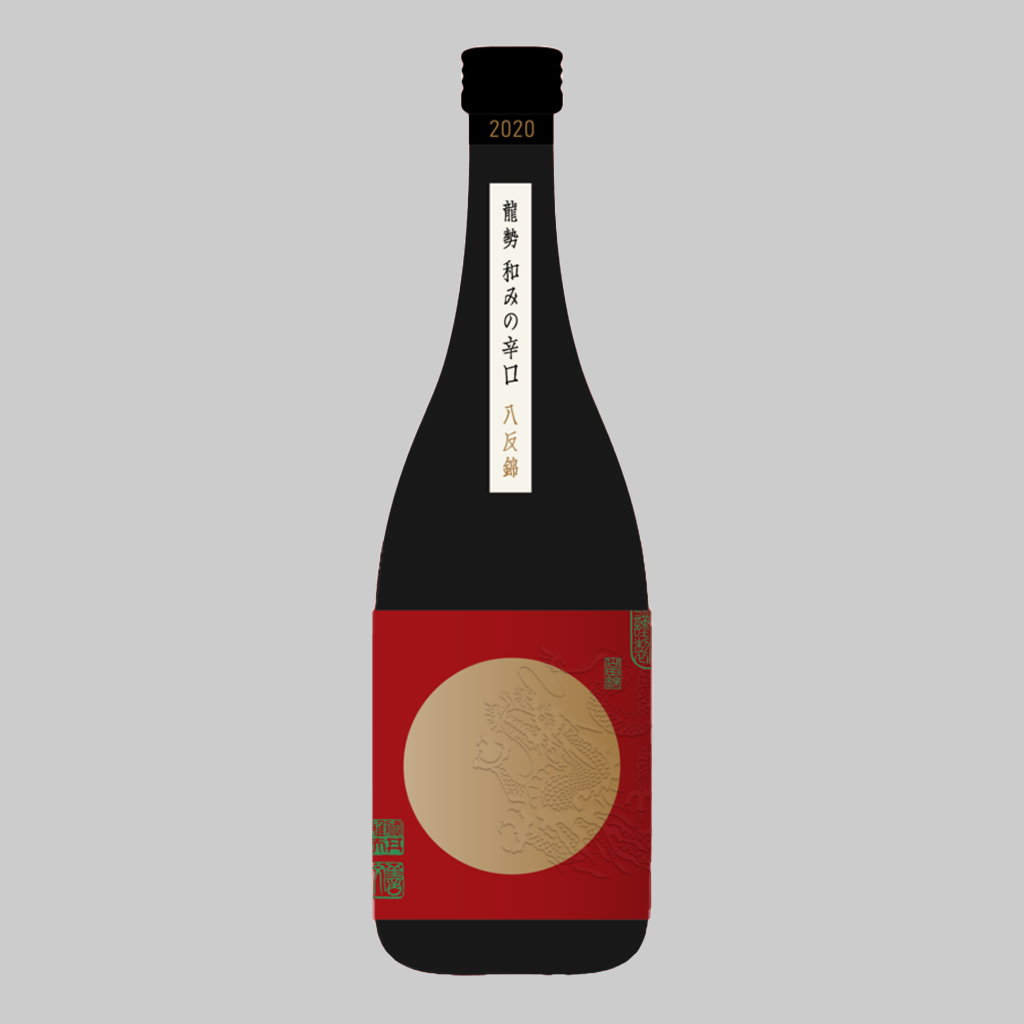
Navigating the Sake Spectrum: Inviting Wine Enthusiasts on a Journey of Discovery
Japanese sake offers another captivating and intricate world waiting to be explored, with much to learn given the right amount of time. But it would be best if you weren’t overwhelmed. We are just focusing only on the key factors influencing the diversity in sake styles, such as rice, yeast, and a bit of production methods. Additionally, slightly different from Japan, but some sakes with higher acidity and rich textures seem to be gaining popularity in Europe, possibly due to the familiarity of such profiles among wine enthusiasts.
What we aim to achieve here is to decipher the most appealing styles of sake for wine lovers. In a world where culinary boundaries are constantly being blurred, where fusion cuisine, multicultural influences, and innovative pairing courses abound, we invite our readers—fellow wine enthusiasts—to join us on this unique journey.
If there’s something you’re curious about, please feel free to leave your comments. We are eager to involve our readers in this extraordinary project.
Ryusei is imported into the Netherlands by Otemba Sake and is available through selected retail, hospitality partners and their own restaurant Utage Sake Bar. We thank for Otemba Sake for providing the sakes and this great opportunity.
This article is written by our own Kazumi Uejo. Picture Credits: Fujii Shuzo, Otemba Sake, and Dutch Wine Apprentice.

